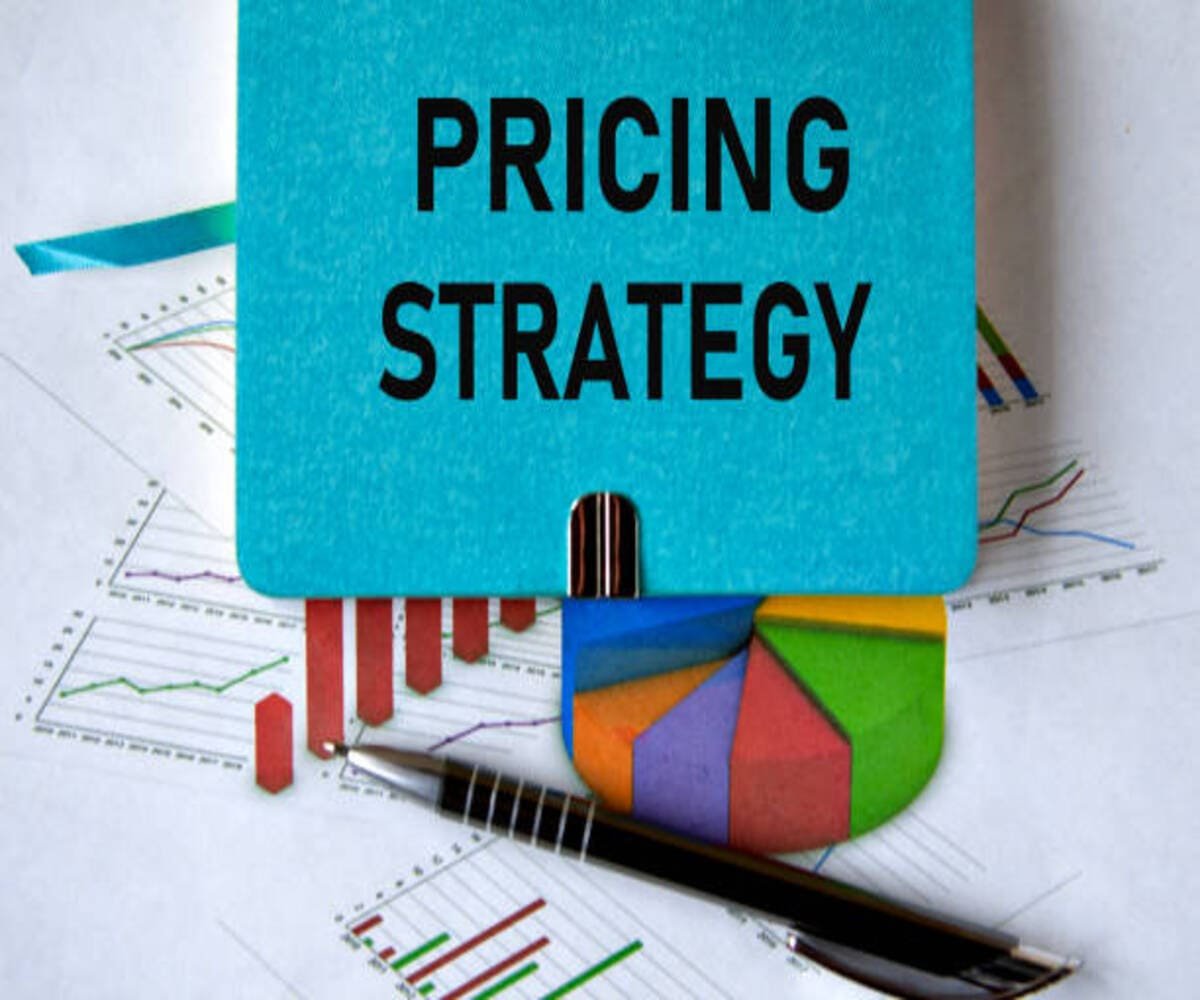Introduction
Generating revenue is the backbone of any successful startup. Without a clear Revenue Stream & Pricing Strategy, even the most innovative business can struggle to sustain itself. Startups must identify the best revenue models and pricing approaches to optimize profitability and long-term growth. This guide explores key revenue streams and pricing strategies to help startups maximize revenue and scale efficiently.
Learning Objectives Of Revenue Stream & Pricing Strategy
- Understand Different Revenue Models: Learn about the various ways startups can generate revenue.
- Explore Effective Pricing Strategies: Gain insights into pricing techniques that drive profitability.
- Identify the Right Revenue Strategy for Your Business: Discover how to choose the best model for your startup.
- Leverage Value-Based Pricing: Understand how to price based on perceived customer value.
- Optimize Revenue for Growth & Scalability: Learn how to adjust pricing and revenue streams as your business scales.
1. Understanding Different Revenue Models
a. Transaction-Based Revenue
- Direct Sales – Selling physical or digital products directly to customers.
- Marketplace Commissions – Earning a commission for each transaction on a platform (e.g., Amazon, eBay, Airbnb).
- One-Time Payments – Charging customers a single payment for products or services.
b. Subscription-Based Revenue
- Recurring Payments – Monthly or annual subscription fees (e.g., Netflix, SaaS platforms).
- Freemium Model – Offering basic features for free and charging for premium access (e.g., Spotify, Dropbox).
c. Licensing & Royalty Revenue
- Software Licensing – Selling software usage rights.
- Franchise Fees – Charging fees to businesses that use your brand and business model.
- Patent Royalties – Earning revenue from intellectual property rights.
d. Advertising & Affiliate Revenue
- Ad Revenue – Generating money from ad placements (e.g., YouTube, blogs, media websites).
- Affiliate Marketing – Earning commissions for referrals and sales (e.g., Amazon Associates, influencer marketing).
e. Service-Based Revenue
- Consulting & Coaching – Charging fees for expert advice and training.
- Freelance & On-Demand Services – Providing specialized services based on customer needs (e.g., Upwork, Fiverr).
2. Exploring Effective Pricing Strategies
a. Cost-Based Pricing
- Pricing products based on production costs plus a markup.
- Suitable for manufacturing and physical goods businesses.
b. Value-Based Pricing
- Setting prices based on the perceived value to the customer.
- Common in tech, SaaS, and high-end services.
c. Competitive Pricing
- Aligning prices with industry competitors.
- Ideal for businesses in competitive markets (e.g., e-commerce, retail).
d. Penetration Pricing
- Offering lower prices initially to gain market share and then increasing them.
- Common in new product launches and SaaS startups.
e. Dynamic Pricing
- Adjusting prices based on demand, time, and customer behavior.
- Used by airlines, ride-sharing apps, and e-commerce platforms.
f. Bundle Pricing
- Selling multiple products/services together at a discounted rate.
- Works well for software packages, consulting services, and digital content.
3. Identifying the Right Revenue Strategy for Your Startup
a. Understanding Your Target Audience
- Identify your customers’ willingness to pay.
- Determine what pricing model best suits their needs.
b. Aligning Revenue Streams with Business Goals
- If scalability is the goal → Subscription Model.
- If rapid cash flow is needed → Transaction-Based or Service-Based Revenue.
- If brand partnerships matter → Affiliate & Advertising Revenue.
c. Testing & Adapting Pricing Strategies
- A/B test different price points.
- Offer limited-time promotions to test demand.
- Collect customer feedback to refine pricing models.
4. Leveraging Value-Based Pricing for Maximum Profitability
a. How to Implement Value-Based Pricing
- Conduct market research to determine perceived value.
- Compare competitor pricing to gauge customer expectations.
- Communicate the unique value proposition to justify pricing.
b. Examples of Value-Based Pricing in Action
- Apple – Premium pricing based on brand and product innovation.
- Tesla – Pricing based on advanced technology and sustainability.
- B2B SaaS Companies – Custom pricing based on business impact.
5. Optimizing Revenue for Growth & Scalability
a. Revenue Diversification Strategies
- Offer multiple pricing tiers for different customer segments.
- Introduce new revenue streams (e.g., add-on services, premium support).
b. Scaling Pricing Models Over Time
- Gradually increase pricing as brand value and demand grow.
- Introduce loyalty programs and upsell existing customers.
c. Leveraging Data & Analytics
- Use customer insights to optimize pricing.
- Monitor churn rates and adjust pricing accordingly.
Conclusion
A well-defined Revenue Stream & Pricing Strategy is crucial for startup success. By choosing the right revenue model, implementing effective pricing strategies, and continuously optimizing for growth, startups can build a sustainable and profitable business.
For expert guidance on revenue generation, pricing optimization, and startup growth, explore SignifyHR’s learning resources. Take the first step toward financial success today!
Start optimizing your revenue strategy now !

